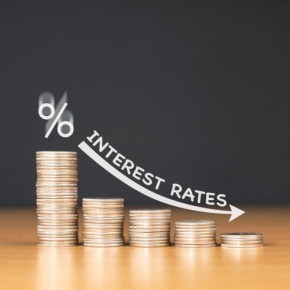What’s the biggest global economic risk in 2013? Many would say the debt crisis in southern Europe, the U.S. fiscal cliff, or perhaps a war between Israel and Iran. While we’re worrying, I suggest adding debt-burdened Japan to the list.
While the debt loads of Spain and Italy unnerve a lot of investors, Japan actually owns the dubious distinction as the developed world’s biggest spendthrift. Japan now has about $12.5 billion in total government debt, which is equal to more than 229% of GDP. (That’s not a typo: Greece’s debt level is a more manageable 164 percent of GDP.)
In the past, Japan’s debt load, though world-class, didn’t worry investors and the IMF all that much, since most Japanese government bonds are in the hands of domestic investors and the country’s household savings are vast. Unlike the U.S., Japan is a net creditor to the rest of the world.
What’s changed is that Japan’s weak economy, faltering exports and rapidly aging population has placed the country at increasing risk of a debt crisis. On November 8, Japan reported that for the first time in 30 years the country’s seasonally adjusted current account fell into a deficit. If the current account, a broad measure of trade in goods and services, stays negative over a prolonged period, Japan’s ability to finance its debts might come into question. A spike in bond yields would cause major problems for Japanese banks that have trillions of yen worth of government bonds on their books, according to a report by the IMF in August.
Some economists also fret about Japan’s deteriorating terms of trade since 2000. The phrase refers to the ratio of export prices relative to import prices. Think of it as a “kind of a profit margin for the national economy,” as Jesper Koll, managing director and head of Japanese equity research at J.P. Morgan Securities described it to Bloomberg Businessweek earlier this year.
This slide in Japan’s trade competitiveness, amplified by the strong value of the yen in recent years, could result in permanent trade deficits if not reversed at some point. The nightmare scenario: the trade deficits eclipse Japan’s capital account — that is, the income and dividends earned by the Japanese factories and foreign investments.
Then, Japan’s entire current account will go into deficit, and the archipelago becomes a debtor country with huge government debts at home. Koll predicted earlier this year that might actually happen in 2015.
Japanese Prime Minister Yoshihiko Noda is taking steps to raise taxes and cut the nation’s budget deficit. And Japan has plenty of great companies — Toyota (TM), Honda (HMC), and so on — that have thriving export businesses. Let’s hope Japan can stay out of trouble in the years ahead. Another debt crisis is the last thing the world needs right now.
Disclosure: The investments discussed are held in some client accounts as of 11/8/12. These investments may or may not be currently held in client accounts. The reader should not assume that any investments identified were or will be profitable or that any investment recommendations or that investment decisions we make in the future will be profitable.
Certain of the information contained in this presentation is based upon forward-looking statements, information and opinions, including descriptions of anticipated market changes and expectations of future activity. The manager believes that such statements, information, and opinions are based upon reasonable estimates and assumptions. However, forward-looking statements, information and opinions are inherently uncertain and actual events or results may differ materially from those reflected in the forward-looking statements. Therefore, undue reliance should not be placed on such forward-looking statements, information and opinions.





